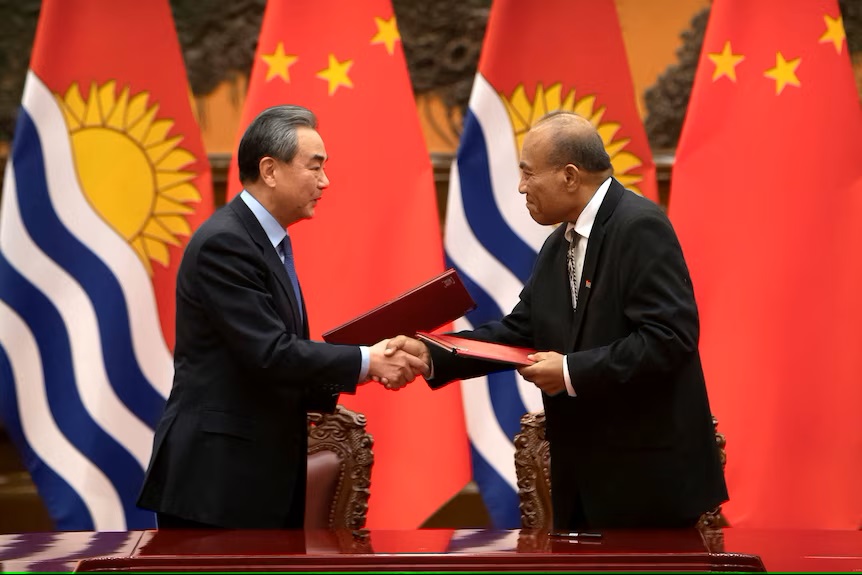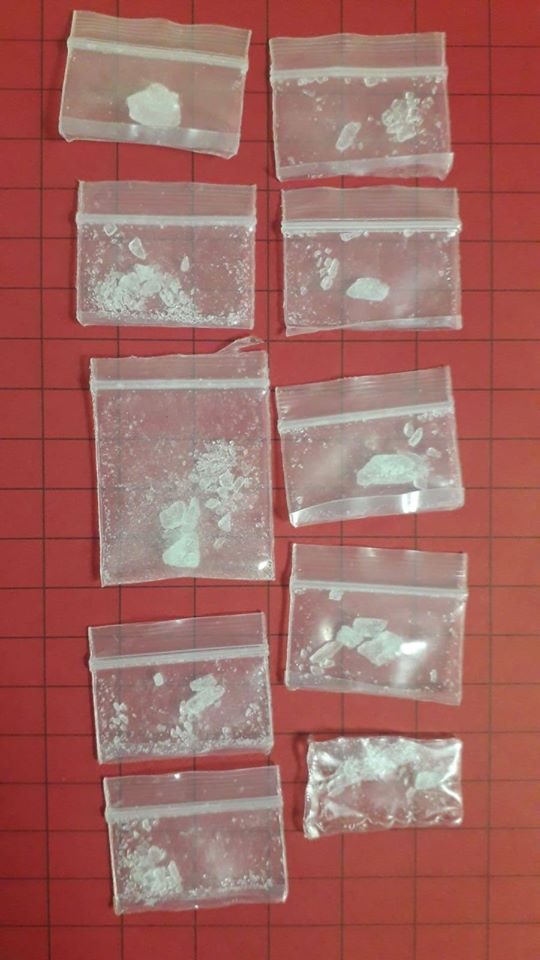A leading think tank is warning that the Australian government must be careful not to overload Pacific countries with debt as it steps up as a major lender in the region in the wake of the COVID-19 pandemic.
The latest Lowy Pacific Aid Map shows that Australia remains by far the largest provider of foreign aid in the Pacific, delivering around $AUS17 billion ($F24.7b) between 2008 and 2021 — about 40 per cent of all overseas development finance in the region.
Meanwhile, Chinese development assistance continues to fall, with the Lowy Institute saying Beijing has now well and truly abandoned its ‘loud and brash’ approach to Pacific development projects, replacing it with a strategy to fund ‘small and beautiful’ initiatives to win political capital in key countries.
The Lowy Institute’s Alexandre Dayant said China had also stepped back as a major lender in the Pacific, while its total development finance in the region fell to just $AUS241 million ($F350m) in 2021 — down from an average of around $AUS285 million ($F350m) a year before the pandemic.
In contrast, while the large bulk of Australia’s contributions to the Pacific still come in the form of grants, it has now emerged as a major lender as well — including a $AUS466 million ($F676m) loan to Papua New Guinea. “Australia is now taking the lead as the main lender and source of loans to the Pacific,” Mr Dayant said.
“This is a big shift, and one we have seen really quite recently.”
Mr Dayant said that many of Australia’s loans were concessional, and designed to help larger Pacific countries like PNG and Fiji build infrastructure and balance their budgets, particularly after the COVID-19 pandemic smashed revenues.
But he said the Australian government still had to be very conscious of the risk of debt distress in Pacific Island countries facing fiscal challenges.
“For Australia, we face the risk of being in a situation where we will have to ask countries to pay back the debt they owe us, but doing this could put those countries in an even worse situation,” Mr Dayant told the ABC.
“So we’ll need to tread very, very carefully in how we deal with those loans in the Pacific.”
China ‘doing more with less’
Meanwhile, Mr Dayant said China had stepped back from financing in the Pacific, and that Pacific Island nations had ‘woken up’ to the fact that Chinese loans were likely more expensive — and potentially risky — than loans from multilateral institutions and Australia.
But he said Beijing was still intent on building its influence in the Pacific, including by funding a larger number of smaller projects in countries where it can cement political and strategic ties by winning favour with elites — including Kiribati and Solomon Islands.
“The average size of a Chinese project (in the Pacific) has moved from $AUS40 million ($F58m) to only $AUS5 million ($F7.2m),” he said.
“But the number of projects is increasing. So basically, China is doing more with less.”
And while donors committed a record-breaking $AUS5.5 billion ($F7.9b) to the region in 2021, Mr Dayant said that sum was still short of what the Pacific needed.
“This is still far from what the region needs in terms of funding — not just for classic development purposes, but also the negative consequence of climate change,” he said.
The Pacific Aid Map shows a sharp jump in finance for climate change-related projects, but Mr Dayant said many of them had only a loose connection to climate.
“Funding for projects which really focus on climate mitigation and adaptation is actually pretty flat,” he said.
“More is needed in this space. More needs to be done.”
- STEPHEN DZIEDZIC is the ABC’s Foreign Affairs (Asia Pacific) reporter, based in the Parliament House bureau in Canberra. The views expressed in this article belong to the author and do not necessarily reflect the views of this newspaper






